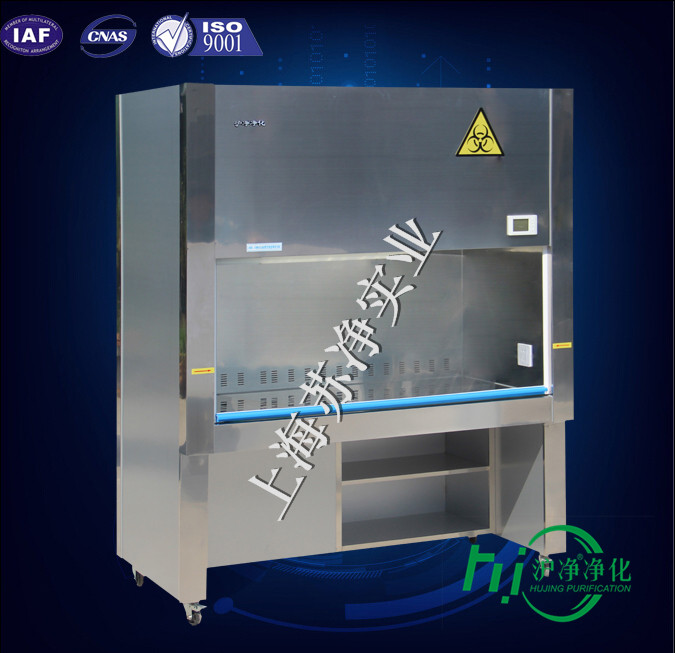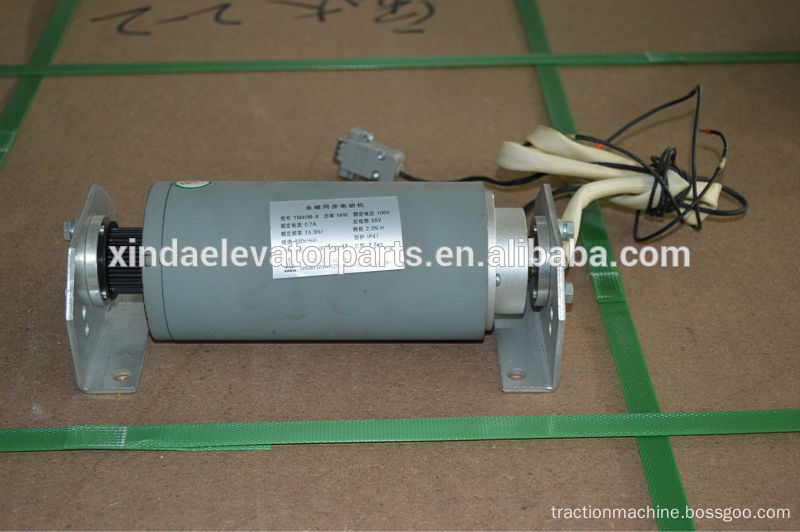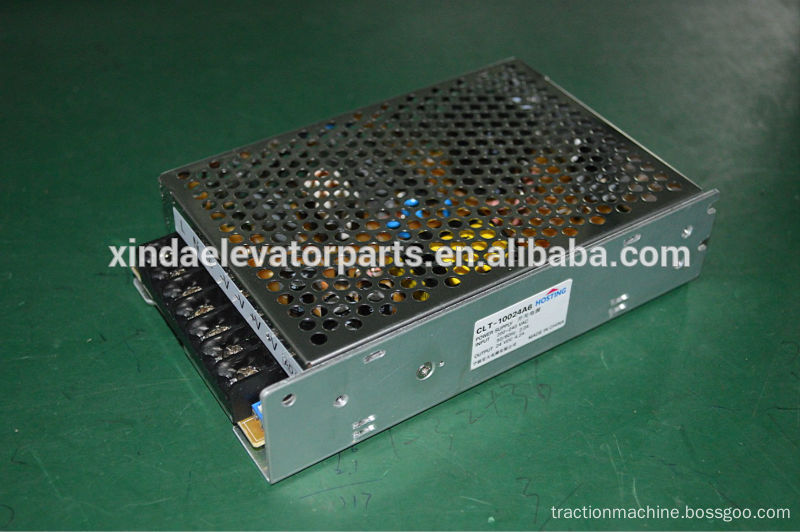Instructions for safe use of the biosafety cabinet
Use a biosafety cabinet in the lab
1. The speed at which the position air enters the biosafety cabinet through the front opening is approximately 0.45 m/s. Directional airflow at such speeds is highly susceptible to interference, including airflow from personnel approaching the biosafety cabinet, opening windows, air supply system adjustments, and opening and closing doors.
Therefore, it is desirable that the biosafety cabinet be located in a place where personnel activities, items flow, and where airflow may be disturbed. Keep as much as 30 cm of space behind the safety cabinet and on each side to take advantage of the maintenance of the safety cabinet. A space of 30-35 cm should be left on the top of the safety cabinet to accurately measure the speed of the air passing through the exhaust filter and to facilitate the replacement of the exhaust filter.
2. If the operator's biosafety cabinet is used improperly, its protective effect may be greatly affected. Operators need to be careful to maintain the integrity of the airflow in the front opening as they move in and out of the safety cabinet. The arms should move vertically in and out of the front opening.
Extend your hands and arms into the biosafety cabinet for about a minute, so that the safety cabinet can be adjusted and the air inside can be swept over the surface of the hands and arms before the items can be processed. Place all necessary items in the safety cabinet before starting the experiment to minimize the number of times your arms enter and exit the front opening.
3. Item placement The air intake grille on the front of the secondary biosafety cabinet cannot be blocked by paper, equipment or other items. Items placed in the safety cabinet should use 70% alcohol to eliminate surface contamination. Experiments can be performed on a towel soaked with disinfectant to absorb droplets that may be spilled.
All items should be placed as close as possible to the edge of the workbench at the back of the workbench and will not block the alternate grille during operation. Equipment that produces aerosols (such as mixers, centrifuges, etc.) should be placed close to the rear of the cabinet. Large-volume items such as biohazard waste bags, trays containing discarded straws, and suction filters should be placed on one side of the cabinet. The experimental operation on the work surface should be in the direction from the clean area to the contaminated area.
The autoclavable biohazard waste bags and the suction cups should not be placed outside the safety cabinet. Otherwise, the arms must frequently enter and exit the safety cabinet when using these items, which will interfere with the integrity of the air barrier of the safety cabinet. This affects the protection of people and items.
4. Operation and Maintenance Most biosafety cabinets are designed to work 24 hours a day. The researchers also found that continuous work helps control the levels of dust and particles in the laboratory. The Class A1 and Type A2 biosafety cabinets that are vented to the room or connected to a dedicated exhaust duct through the casing interface can be closed when not in use. Other biosafety cabinets, such as secondary B1 and secondary B2, are installed through rigid tubes and must always maintain air flow to maintain room air balance.
Before starting work and after completing work, at least the safety cabinet should be operated for 5 minutes to complete the "purification" process, which should be left in the time when the polluted air is sent out of the safety cabinet.
All repair work on the biosafety cabinet should be performed by a qualified professional. Any failures that occur during the operation of the biosafety cabinet should be reported and should be repaired prior to reuse.
5. UV lamps are not required in the UV lamp biosafety cabinet. If UV lamps are used, they should be cleaned weekly to remove dust and dirt that may affect their bactericidal effect. When re-certifying the cabinet, check the intensity of the UV light to ensure proper light emission. Always turn off the UV lamp when someone is in the room to protect your eyes and skin from inadvertent exposure.
6. Open flames should be avoided in an environment where there is almost no microorganisms formed in the biosafety cabinet. The use of open flames can have an effect on the airflow and can be dangerous when dealing with volatile and flammable materials. When sterilizing the inoculating loop, a micro-burner or an electric furnace can be used instead of an open flame.
7. In the spill laboratory, the laboratory operating rules for handling spills should be posted, and each member of the laboratory should read and understand the procedures. Once a biologically hazardous item has escaped in the biosafety cabinet, it should be cleaned immediately after the safety cabinet is in working condition. Use an effective disinfectant and minimize aerosol formation during processing. All materials that come into contact with spilled materials should be disinfected/autoclaved.
8. Certification After installation at regular intervals, qualified performance should be certified by qualified personnel in accordance with the manufacturer's instructions for each biosafety cabinet to verify compliance with national and international standards. Performance standards. The assessment of the safety cabinet's effectiveness should include the integrity of the safety cabinet, the leakage of the HEPA filter, the speed of the downflow, the speed of the front airflow, the number of negative/air changes, the smoke pattern of the airflow, and the alarm and interlock system. test.
You can also choose to test for leakage, illuminance, UV intensity, noise level and vibration. In conducting these tests, the inspectors are specially trained to use specialized techniques and equipment. Testing is highly recommended by qualified professionals.
9. Cleaning and Disinfection Since the remaining medium may cause microbial growth and reproduction, at the end of the experiment, all items in the biosafety cabinet, including the instrumentation, should be clearly surface contaminated and removed from the safety cabinet.
The contamination of the inner surface of the biosafety cabinet should be removed before and after each use. The work surface and the inner wall should be wiped with a disinfectant, and the disinfectant used should be able to kill any microorganisms that may be found in the safety cabinet. At the end of each day's test, the surface of the biosafety cabinet, the surrounding area, and the inside and outside of the glass should be wiped to remove surface contamination. When effective against the target organism, it can be disinfected with a bleach solution or 70% alcohol. After using a corrosive disinfectant such as bleach, it must be wiped again with sterile water.
It is recommended to keep the safety cabinet running. If it is to be turned off, it should be run for 5 minutes before shutting down to purify the internal gas.
10. Decontamination of the biosafety cabinet must be removed before moving and replacing the filter. The most common method is to use formaldehyde vapor fumigation. The contamination of the biosafety cabinet should be removed by a qualified professional.
11. Personal protective equipment should wear personal protective clothing when using biosafety cabinets. Ordinary test suits can be worn when performing first- and second-level biosafety levels. The front-backed, back-tested tester has better protection and should be used in the operation of Class III and Class 4 biosafety levels (except for protective clothing laboratories). Gloves should be placed on the outside of the gown and the sleeves of the elastic band can be worn to protect the researcher's wrist. Some operations may also require the use of masks and safety glasses.
12. The alarm can be equipped with one of two alarms to equip the biosafety cabinet. Window alarms can only be mounted on safety cabinets with sliding windows. An alarm is issued indicating that the operator has moved the sliding window to an improper position. When handling such an alarm, simply move the sliding window to the appropriate position. When the airflow alarm sounds, it indicates that the normal airflow mode of the safety cabinet is disturbed, and the operator or the item is immediately in danger. When the airflow alarm sounds, stop working immediately and notify the laboratory supervisor. More detailed information will be provided in the manufacturer's instruction manual and should be included in the training of the use of the biosafety cabinet.

product
- Elevator push button PB2007 Multi-light, raised button with braille
- Elevator HOP display Y 0402 duplex
- 161 door lock for landing door device elevator spare part
- TM40M-8 door motor for XD1417 door operator
- CLT-10024A6 Switch Power Supplier for elevator control cabinet electrical spare parts
Specifications
- Stabilize and long life
- Multi-option for various kinds of elevators


Door Spare Parts, Safety Light Curtains, Elevator Guide Rail, Elevator Guide Shoe
Ningbo Xinda Elevator Traction Technology Co., Ltd. , https://www.nbelevator.de